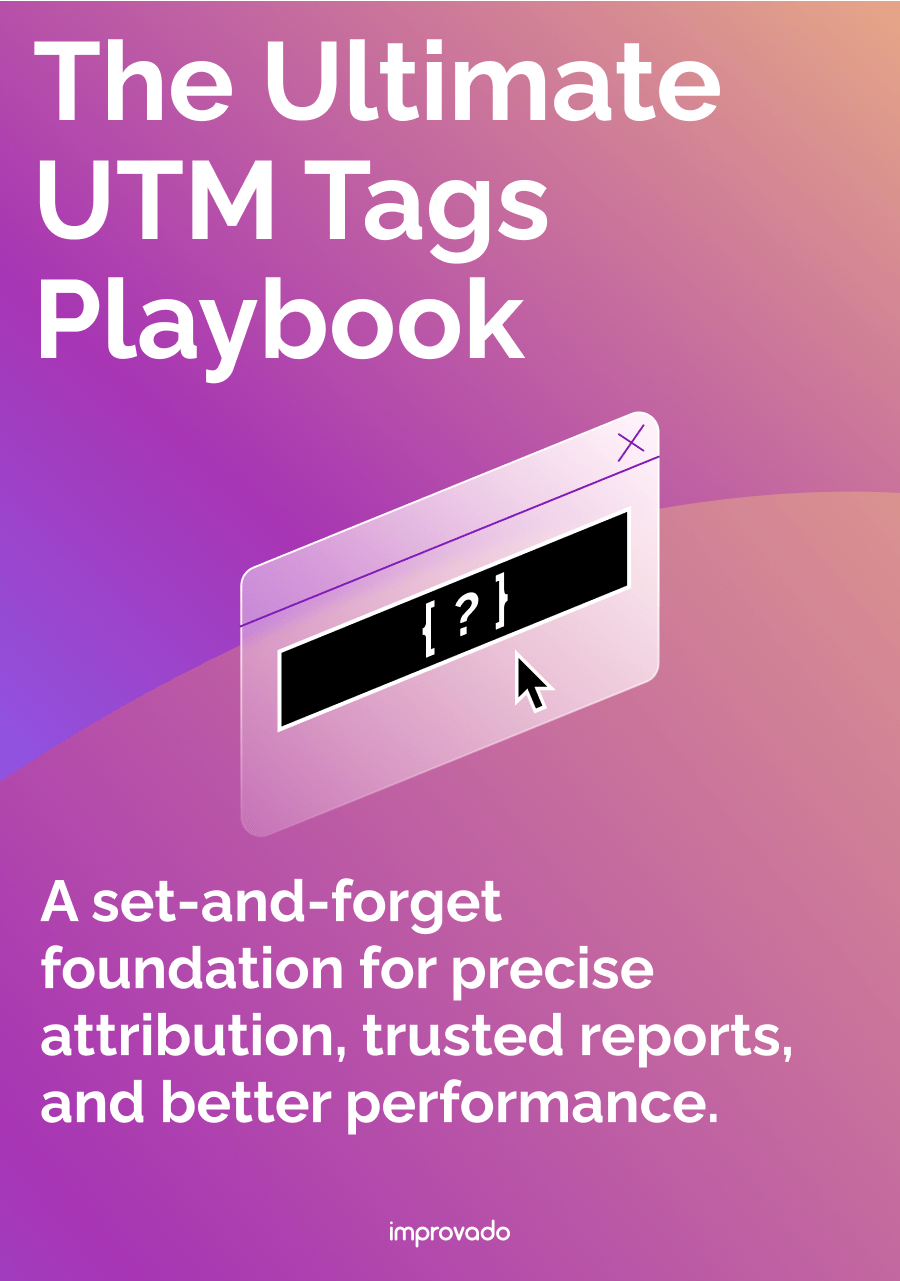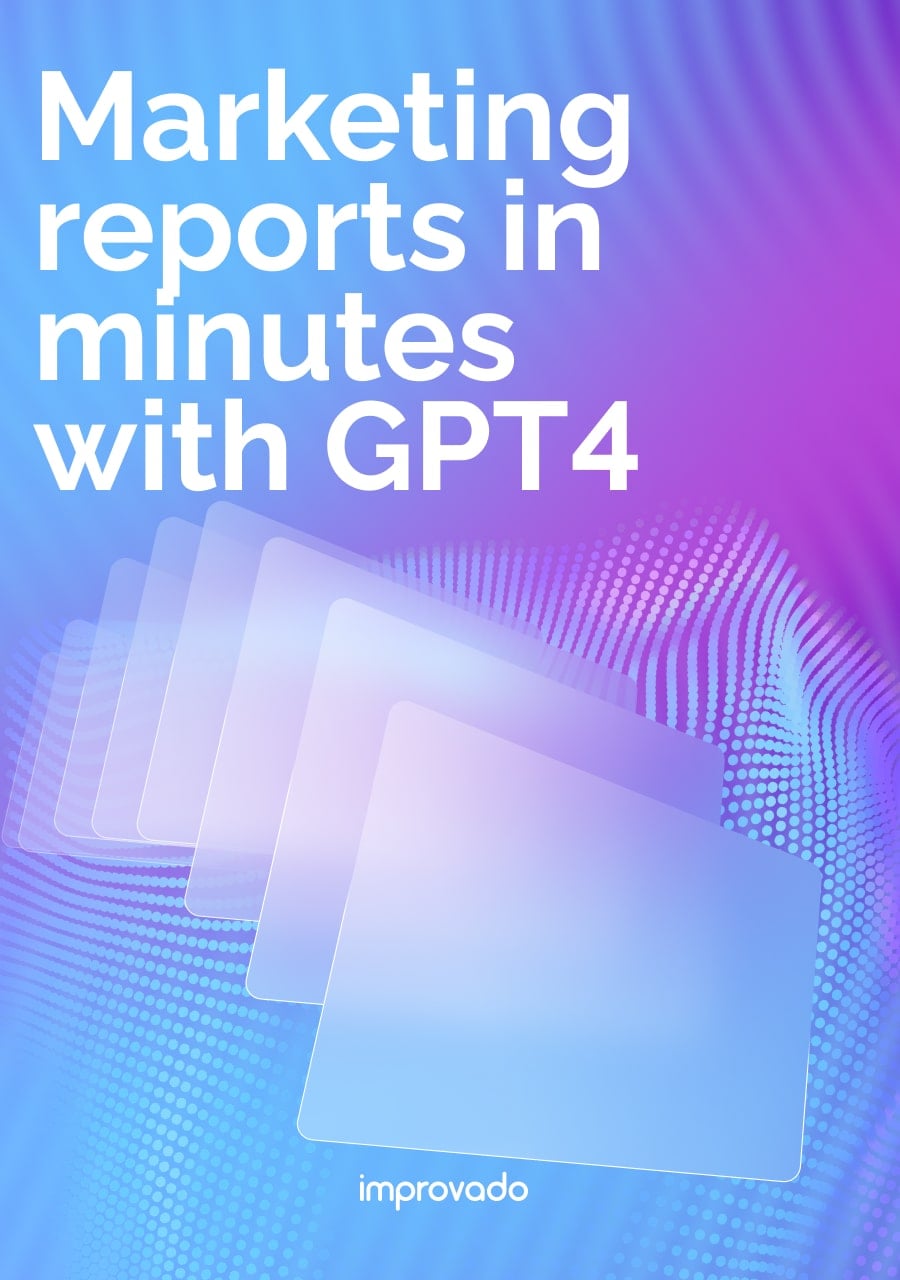Understanding the cost of acquiring a new customer is one of the most fundamental aspects of running a successful business. Without a clear grasp of this metric, you're essentially flying blind, unable to determine the true profitability of your marketing and sales efforts or make informed decisions about where to invest your budget. This crucial metric is known as Customer Acquisition Cost, or CAC.
This guide will break down everything you need to know about CAC, from its core definition to the formulas used to calculate it. We'll explore its relationship with Customer Lifetime Value (LTV), provide industry benchmarks, and offer actionable strategies to help you optimize this critical figure for sustainable growth.
Key Takeaways
- What is CAC? Customer Acquisition Cost (CAC) is the total cost a business incurs to acquire a single new customer over a specific period.
- The CAC Formula: The basic formula is Total Marketing & Sales Costs / Number of New Customers Acquired. A comprehensive formula should also include salaries, software costs, and overhead.
- LTV to CAC Ratio is Crucial: The ratio of Customer Lifetime Value (LTV) to CAC is a key indicator of business health. A healthy ratio is typically considered 3:1.
- Optimization is Key: You can reduce CAC by investing in Conversion Rate Optimization (CRO), improving customer retention, refining audience targeting, and automating processes.
- Data Unification is a Challenge: Accurately calculating CAC is difficult when data is spread across multiple platforms. Marketing analytics solutions can solve this by creating a single source of truth.
What Is Customer Acquisition Cost (CAC)?
Essentially, CAC answers the simple but vital question: How much does it cost us to get one new customer?
CAC vs. CPA
Customer acquisition cost (CAC) and cost per acquisition (CPA) are closely related metrics, but they are not interchangeable.
CAC specifically measures the total cost it takes to acquire a new customer, factoring in all the expenses associated with the entire sales and marketing process. This includes campaigns, salaries, tools, and other overheads. It offers a holistic view of how much a company is spending to gain a single customer.
On the other hand, CPA focuses on the cost associated with acquiring a specific action or conversion from a lead or prospect. This could be signing up for a newsletter, downloading a whitepaper, or even making a purchase. CPA is narrower in scope, pinpointing the expense tied to specific marketing activities or campaigns.
Why Is CAC an Important Metric to Measure?
Tracking CAC is non-negotiable for any company serious about scaling efficiently and profitably.
Here’s why it’s so important:
- Determine Profitability: By comparing CAC to the revenue a customer generates over their lifetime (Customer Lifetime Value or LTV), you can determine the long-term profitability of your customer acquisition efforts. If your CAC is higher than your LTV, your business model is unsustainable.
- Optimize Marketing ROI: CAC helps you identify which marketing channels and strategies are the most cost-effective. By analyzing the CAC for each channel (e.g., Google Ads, content marketing, social media), you can reallocate your budget to the campaigns that deliver the best return on investment.
- Improve Financial Planning and Forecasting: A clear understanding of your CAC allows for more accurate financial projections. It informs decision-making around budgeting, resource allocation, and setting realistic growth targets for future periods.
- Secure Investor Confidence: For startups and growing companies, CAC is a key metric that investors scrutinize. A low and stable CAC demonstrates an efficient, scalable, and attractive business model.
How to Calculate Customer Acquisition Cost (The CAC Formula)
Calculating your CAC can be done in two ways: a simple method for a quick overview and a comprehensive method for a more accurate, in-depth analysis.
Simple CAC Formula
The most basic way to calculate CAC is to divide your total marketing and sales expenses by the number of new customers you acquired in a specific time frame, for example, a month, quarter, or year.
CAC = Total Marketing & Sales Costs / Number of New Customers Acquired
This formula is useful for a high-level snapshot but can be misleading as it often omits significant associated costs.
Comprehensive CAC Formula (Including Salaries, Software, and Overhead)
For a truly accurate picture of your acquisition costs, you need to include all expenses related to attracting new customers. This includes not just direct ad spend but also the human and technological resources that support these efforts.
The comprehensive formula includes:
- Total Ad Spend: All money spent on advertising campaigns across all channels.
- Salaries: The salaries of your marketing and sales teams.
- Software Costs: The cost of marketing and sales software (e.g., CRM, marketing automation platforms, analytics tools).
- Creative & Content Costs: Expenses for graphic design, video production, copywriting, etc.
- Publishing Costs: Any fees related to distributing your content or ads.
- Overhead: Any general overhead related to marketing and sales (e.g., a portion of office rent).
The formula then becomes:
CAC = (Total Marketing Costs + Total Sales Costs) / Number of New Customers Acquired
Where Total Costs includes salaries, software, overhead, and all other related expenses.
CAC Calculation Example
Let's say a SaaS company wants to calculate its CAC for the third quarter. Here are its expenses for that period:
- Ad Spend: $50,000
- Marketing & Sales Salaries: $75,000
- Software Subscriptions (CRM, Analytics, etc.): $10,000
- Content & Creative Production: $5,000
- Total Marketing & Sales Costs: $140,000
During this same quarter, the company acquired 500 new customers.
Using the comprehensive formula:
CAC = $140,000 / 500
CAC = $280
In this example, the company's Customer Acquisition Cost for the third quarter is $280 per customer.
CAC vs. LTV: The Most Important Ratio for Growth
Calculating CAC is only half the battle. To understand its true meaning, you must compare it to your Customer Lifetime Value (LTV).
This comparison, known as the LTV:CAC ratio, is arguably the most important metric for gauging the health and long-term viability of a subscription-based or repeat-purchase business.
What Is Customer Lifetime Value (LTV)?
Customer Lifetime Value (LTV or CLTV) is a metric that represents the total revenue a business can reasonably expect from a single customer account throughout their relationship with the company.
It's a forecast of the net profit attributed to the entire future relationship with a customer. A high LTV indicates that your customers are loyal, satisfied, and continue to generate revenue over a long period. A high customer churn rate, on the other hand, will drastically reduce your average LTV.
What Is a Good LTV to CAC Ratio?
The LTV to CAC ratio measures the relationship between the lifetime value of a customer and the cost of acquiring them. It tells you how much return on investment (ROI) you're getting from your acquisition spending.
Here’s a general guide to interpreting the ratio:
- 1:1: You are losing money on every new customer you acquire. Your business model is not sustainable.
- Less than 3:1: There is room for improvement. You might be breaking even, but your profit margins are likely too thin to fuel significant growth.
- 3:1: This is widely considered the golden ratio. It means that for every dollar you spend on acquisition, you generate three dollars in lifetime value. This is a healthy, profitable, and sustainable model.
- 5:1 or higher: This is an excellent ratio. However, it could also signal that you are underinvesting in marketing and sales. You may be missing opportunities to acquire more customers by not spending enough, potentially sacrificing faster growth.
What Is a Good CAC? (Industry Benchmarks)
A "good" customer acquisition cost is not a one-size-fits-all number. It varies significantly by industry, business model, and product price point.
A CAC of $300 might be disastrous for an e-commerce store selling $50 products but fantastic for a SaaS company with an average LTV of $5,000.
Here are some general industry benchmarks to provide context:
- E-commerce/Retail: Average CAC can range from $10 to $100, depending heavily on the product's price and market competition.
- SaaS: The average CAC for SaaS companies is often higher, typically ranging from $200 to $400, reflecting longer sales cycles and higher LTV.
- Finance/Fintech: This industry often has a very high CAC, sometimes exceeding $500, due to intense competition and high customer lifetime value.
- Travel: The average CAC in the travel industry is around $7, according to some reports, but can fluctuate based on seasonality and market dynamics.
How to Reduce and Optimize Your Customer Acquisition Cost
Lowering your CAC directly increases your profitability and allows you to scale your business more efficiently. Here are four proven strategies to optimize your acquisition spend.
Invest in Conversion Rate Optimization (CRO)
Instead of just spending more to drive traffic, focus on converting the traffic you already have. Conversion Rate Optimization (CRO) involves improving your website, landing pages, and user experience to increase the percentage of visitors who take a desired action (like signing up or making a purchase).
A/B testing headlines, calls-to-action, page layouts, and checkout processes can significantly boost conversions without increasing ad spend, thereby lowering your CAC.
Improve Customer Retention and Implement Referral Programs
It is almost always cheaper to retain an existing customer than to acquire a new one. By focusing on improving customer satisfaction and reducing churn, you increase the LTV of your customer base.
Furthermore, satisfied customers can become a powerful acquisition channel. Implementing a referral program encourages your current customers to bring in new ones, often for a much lower cost than traditional marketing channels.
Refine Audience Targeting
Wasting marketing dollars on audiences that don't convert is a primary driver of high CAC. Use data analytics to understand your ideal customer profile and focus your marketing efforts on the channels and segments that yield the highest-value customers.
Leverage retargeting campaigns to re-engage interested prospects and use lookalike audiences to find new potential customers who share traits with your best existing ones.
Automate Marketing and Sales Processes
Marketing automation tools can streamline repetitive tasks like email nurturing, social media posting, and lead scoring. This frees up your team to focus on higher-value strategic activities.
By automating parts of the customer journey, you can nurture leads more effectively and at a larger scale, increasing efficiency and reducing the manual labor costs associated with acquiring a new customer.
Challenges of Maintaining an Optimized CAC in Large Enterprises
For large enterprises, maintaining an optimized customer acquisition cost becomes increasingly complex as the organization scales. Growth brings an expanded MarTech stack, multi-regional teams, and fragmented data ecosystems, all of which erode visibility into true acquisition costs.
1. Data Fragmentation and System Disconnection
Enterprise marketing and sales data often live across hundreds of disconnected platforms. Campaign costs, CRM spend, sales compensation, and software fees are siloed in separate systems. Without unified data pipelines, calculating a blended CAC that reflects total acquisition investment is nearly impossible.
2. Inconsistent Attribution and Cost Allocation
Attribution data is typically misaligned between marketing and sales. When digital channels, SDR outreach, and offline touchpoints aren’t harmonized, CAC calculations reflect only partial truths. The result is distorted ROI reporting and misallocated budgets.
3. Operational Inefficiency and Reporting Delays
Teams spend 20-40% of their time manually consolidating cost data instead of analyzing it. These delays make it difficult to identify performance outliers or adjust budgets in real time. Reporting cycles often lag weeks behind spend, obscuring optimization opportunities.
4. Governance and Data Quality Risks
As marketing data volume grows, so does governance complexity. Without standardized data models and automated validation, inconsistent naming conventions or duplicate records lead to inaccurate CAC insights and compliance risk.
5. Strategic Impact
Ultimately, fragmented CAC visibility undermines financial forecasting and investment prioritization. Leaders lack confidence in performance metrics and struggle to defend marketing budgets against finance scrutiny.
How an All-in-One Analytics Platform Solves CAC Challenges
The key to overcoming these challenges lies in data consolidation and automation. An all-in-one marketing analytics platform serves as the central hub for all your marketing and sales data, providing a single source of truth for critical metrics like CAC.
Improvado’s all-in-one marketing analytics platform consolidates this complexity. By automatically extracting data from over 500 sources, from ad platforms to CRMs and sales software, Improvado creates a single source of truth.
This allows enterprise teams to accurately calculate CAC across every channel, automate complex data transformations, and feed clean, analysis-ready data directly into their BI tool or visualization platform, reducing manual reporting time by over 75%.
With a unified view, marketers can finally connect their spending to results and make data-driven decisions to optimize their acquisition strategies effectively.
.png)




.png)
